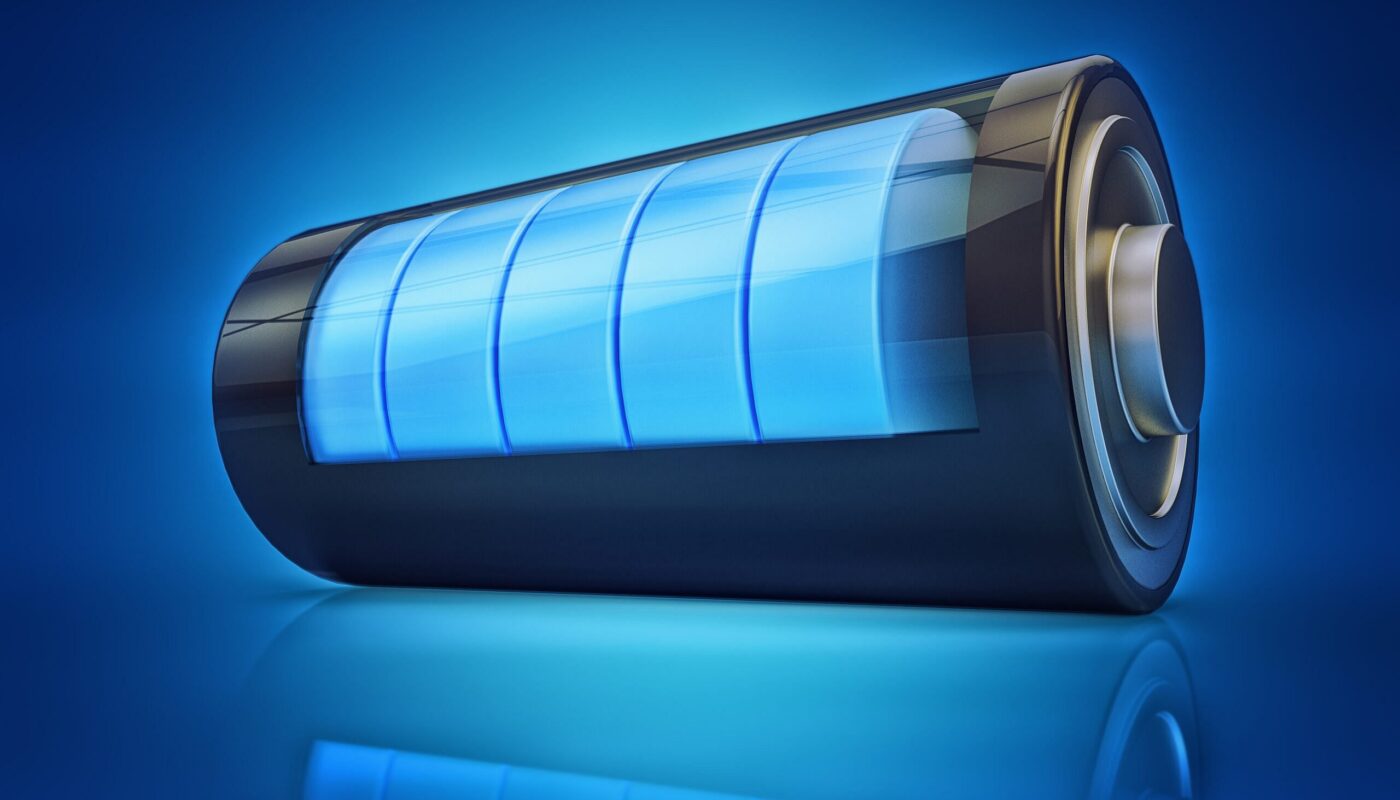Flow batteries store energy in chemical compounds dissolved in liquids that are contained within a rechargeable flow cell. Unlike conventional batteries, their electrolytes flow through the system instead of being contained inside electrodes. This allows the power capacity of the Flow Batteries (how much it can discharge at once) and energy capacity (how much energy it can store over time) to be independently scaled by increasing the size of the electrolyte storage tanks and flow path.
Types of Flow Batteries
There are several types of Flow Battery technologies currently being researched and developed. The two main categories are:
Redox Flow Battery
Redox flow batteries use two different chemical solutions as the electrolytes separated by a membrane. During charging, one solution is oxidized while the other is reduced, and the process is reversed during discharge. The most widely researched redox flow battery system is the vanadium redox battery (VRB), which uses vanadium in different oxidation states dissolved in an aqueous electrolyte. VRBs currently have efficiencies around 75% and can last over 10,000 cycles without significant decay.
Hybrid Flow Battery
Hybrid flow batteries operate on a combination of ion exchange and redox reactions. One example is the zinc-bromine battery, which uses zinc and bromine in a basic solution. During charge, zinc ions dissolved from the zinc electrode deposit onto the zinc electrode, and bromine is reduced to bromide ions. Discharge reverses these reactions. Zinc-bromine batteries have efficiencies around 50-60% and lifetimes of around 5,000 cycles.
Advantages of Flow Batteries
Independent Scaling
As flow batteries can decouple the power capacity from energy capacity through the electrolyte tanks, they allow the power and energy scale to be adjusted independently based on usage needs. This makes them well-suited for large-scale applications requiring huge amounts of stored energy like grid energy storage.
Long Cycle Life
Since flow battery electrodes are not subjected to mechanical or chemical degradation during charge/discharge like conventional batteries, their electrolyte tanks can be replaced independently when worn without replacing the entire system. This gives them much longer lifespan over 10,000 cycles or more.
Safe and Non-Toxic Electrolytes
Most flow battery electrolytes are water-based and non-flammable, rendering them far safer than lithium-ion or other conventional battery chemistries. They also avoid using heavy metals or toxic materials.
Opportunities for Flow Battery Commercialization
Grid Energy Storage
Flow batteries are excellent candidates for large-scale grid energy storage applications to store excess power from renewable energy sources like solar and wind. Their independent scalability allows building Gigawatt-hour storage systems to balance electricity demand and supply over days. Several utilities are now installing multi-MW flow battery projects for this purpose.
Microgrids and Backup Power
Their lifespan and safety also make flow batteries feasible for off-grid or backup power applications such as rural microgrids, telecom towers, data centers etc. By providing power reliability, they can help expand energy access to remote areas or act as an alternative to diesel generators. Some remote microgrids now use flow batteries for this purpose.
Electric Vehicles
Research is also exploring flow batteries as potential candidates for electric vehicle (EV) batteries. While current battery technologies may remain dominant for the near future, flow battery EVs could offer quicker refueling and longer ranges more practically than conventional EV batteries in the long run.
Barriers to Widespread Adoption
While flow batteries currently have the potential to disrupt stationary energy storage, there are still some challenges holding back their large-scale commercial adoption:
High System Costs: Total costs including installation, balance of plant etc. remain higher than lithium-ion currently. However, costs are decreasing with manufacturing scale-up.
Low Energy Densities: Flow battery energy capacity per unit volume is lower than lithium-ion, requiring larger electrolyte tanks for the same energy. This increases space requirements.
Technical Maturity: Flow battery technologies still need additional refinement and testing at commercial scales before rollout.
Lack of Standardization: Absence of common form factors, interfaces and certifications poses integration challenges in applications.
Overcoming these barriers through further cost reductions, R&D improvements and demonstration projects could unlock broader flow battery deployment across different sectors in the near future. With their ability to provide safe, sustainable and scalable energy storage for stationary grids and other large applications, they represent a promising prospect as battery technologies evolve.
Note:
1. Source: Coherent Market Insights, Public sources, Desk research.
2. We have leveraged AI tools to mine information and compile it.



